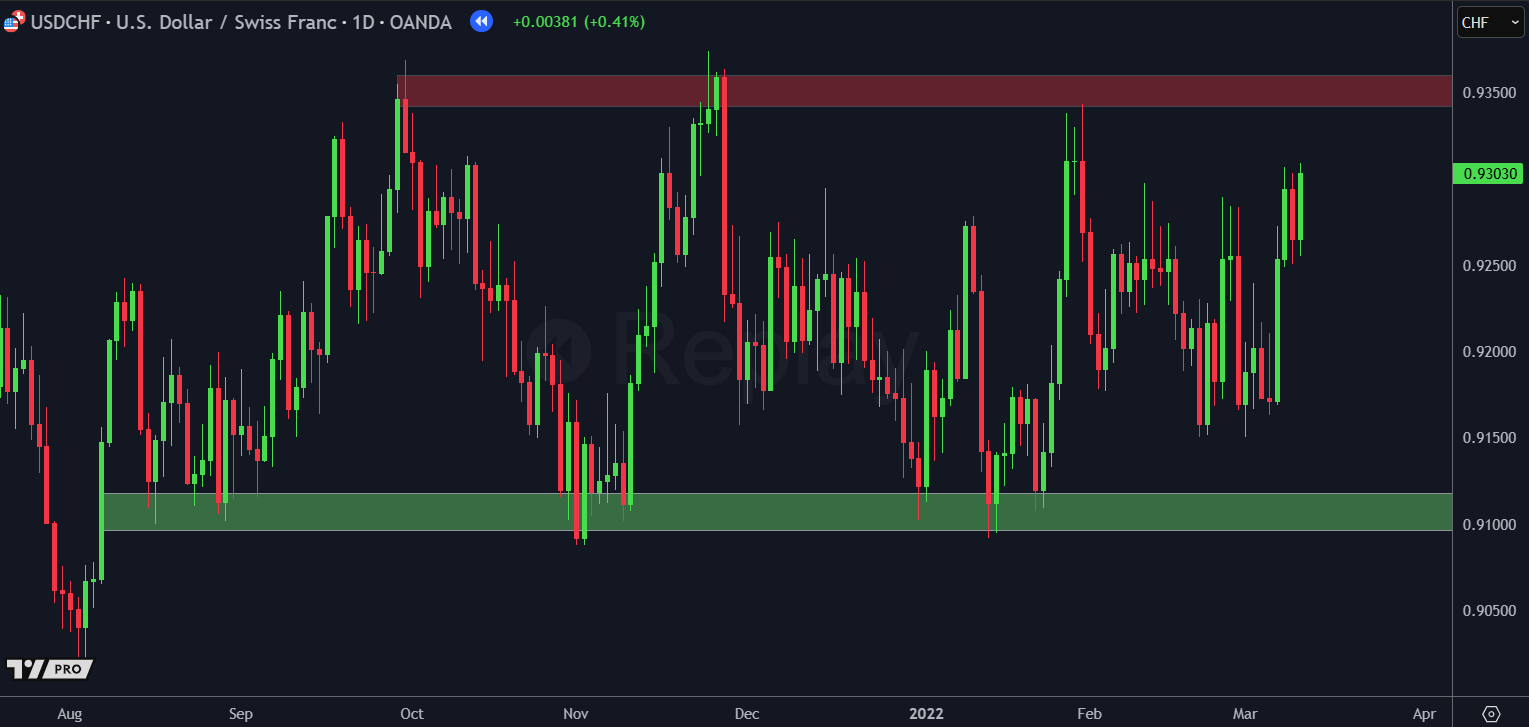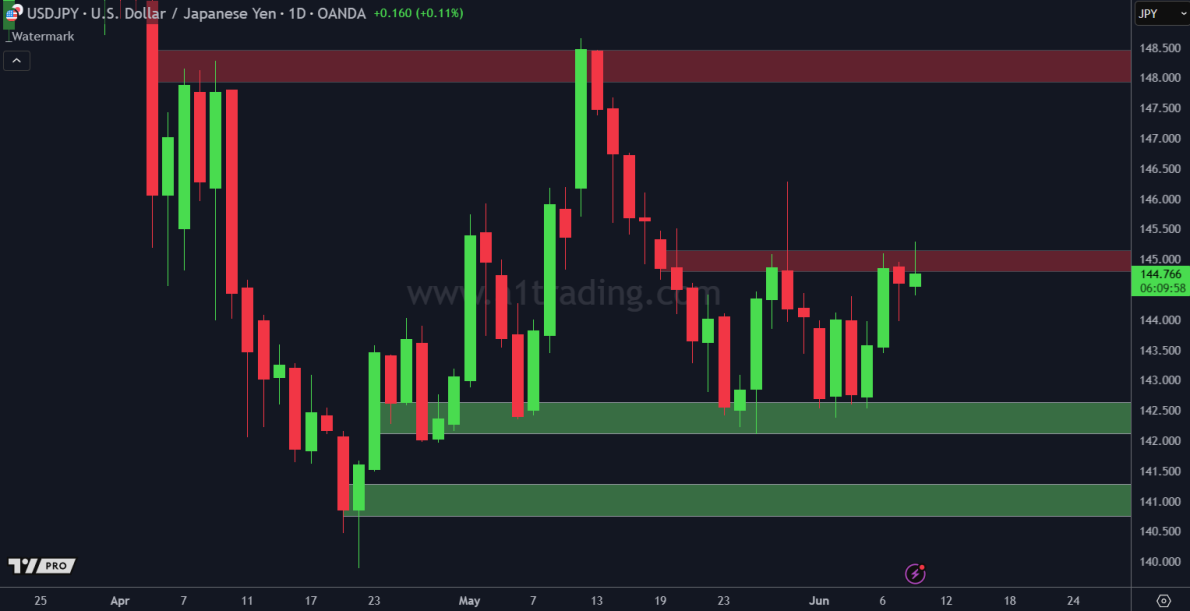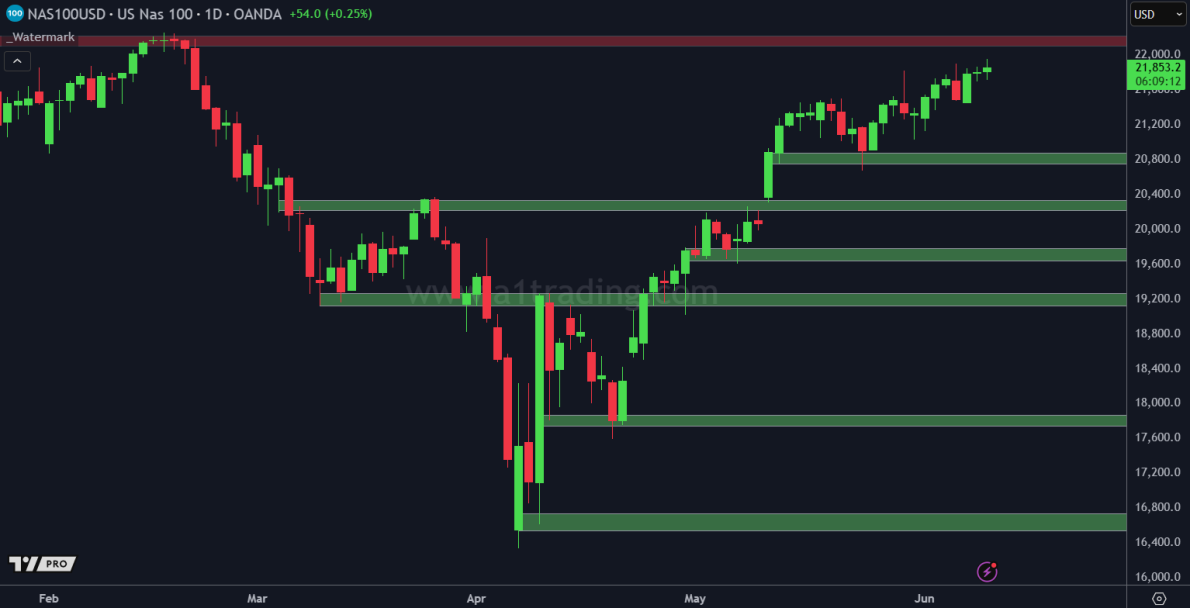Support and resistance levels are effective because they reflect market psychology. Traders and investors tend to react predictably to certain price levels, creating patterns that can be analyzed and used for strategic trading.
For instance:
- When the price approaches a support level, traders expect it to bounce back, leading to increased buying activity.
- When the price approaches a resistance level, traders expect it to pull back, leading to increased selling activity.
This collective behavior reinforces the significance of these levels, making them reliable tools for technical analysis.
How to Use Support and Resistance in Trading
1. Planning Entries and Exits
Support and resistance levels are ideal for planning trade entries and exits.
For example:
- Buy near support levels and sell near resistance levels in a ranging market.
- Wait for a breakout above resistance or below support in a trending market
2. Breakouts and Pullbacks
Breakouts occur when the price moves beyond a support or resistance level. This can signal the start of a new trend. Traders often wait for a pullback to the broken level to confirm the breakout before entering a trade.
3. Combining with Other Indicators
Support and resistance levels are more effective when used with other technical indicators, such as moving averages, RSI, or MACD. These tools can provide additional confirmation for trade setups.
While support and resistance are valuable tools, they are not foolproof. Here are some limitations to keep in mind:
To mitigate these limitations, it is essential to use support and resistance in conjunction with other tools and strategies.




